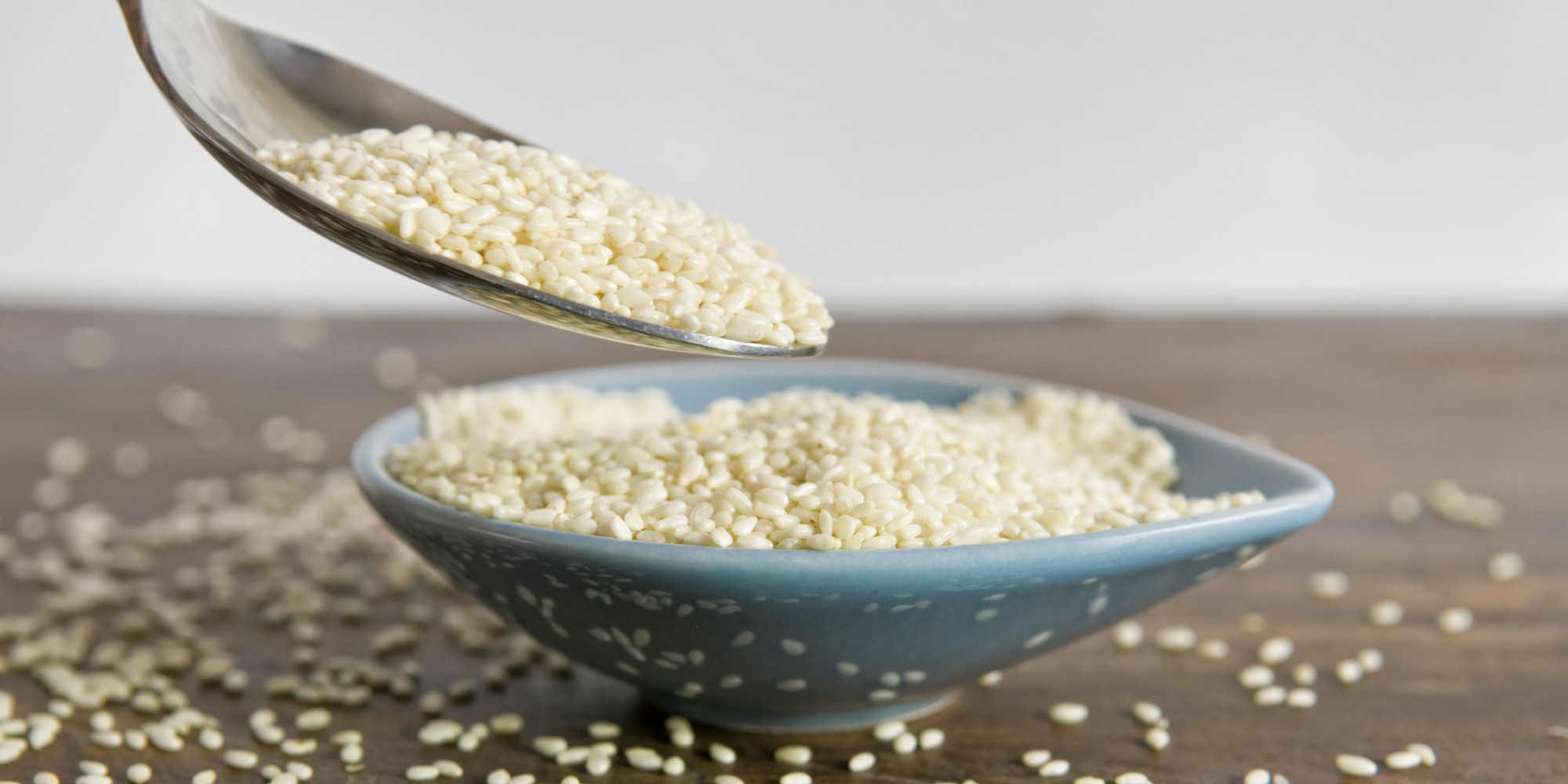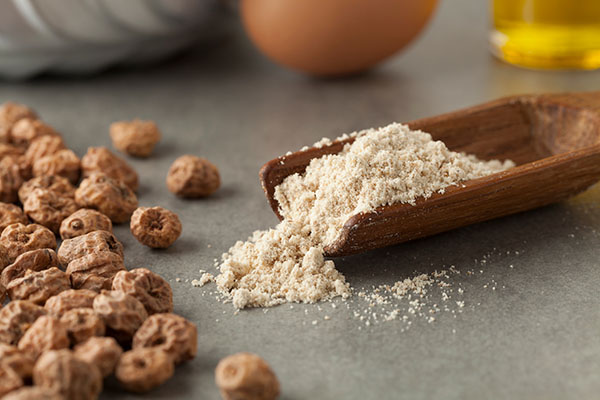
Advertisement
Sesame seeds aren’t always the star of a dish, but this tiny superfood offers many health benefits. Sesame seeds are a great source of fiber and consuming them regularly lowers your cholesterol.
Tiny but incredibly good for you
Sesame seeds grow in pods on the Sesamum indicum plant. Unhulled sesame seeds come with an outer, edible husk that’s intact. Unhulled sesame seeds are golden brown.
On the other hand, hulled sesame seeds don’t come with the husk. Hulled seeds are off-white, but they turn brown when roasted.
You may need to eat at least a small handful of sesame seeds per day to reap the health benefits of this superfood.
Sesame seeds can lower cholesterol and triglycerides
Data from studies published in the journal Critical Reviews in Food Science and Nutrition and the British Journal of Nutrition have found that consuming sesame seeds regularly helps lower high cholesterol and triglycerides, two risk factors for cardiovascular disease.
Sesame seeds contain two types of plant compounds, lignans and phytosterols, that are also linked to the superfood’s cholesterol-lowering effects.
In a study from the International Journal of Food Sciences and Nutrition, scientists reported that when 38 participants with high blood lipids consumed 5 tablespoons (40 grams) of hulled sesame seeds every day for two months, they had a 10% reduction in “bad” or LDL (low-density lipoprotein) cholesterol.
The volunteers also experienced an 8% reduction in triglycerides compared to the volunteers in the placebo group.
Sesame seeds are rich in fiber
Three tablespoons (30 g) of unhulled sesame seeds offer 3.5 g of fiber or 12% of the RDI.
Fiber is essential for digestive health. Data suggests that fiber can help lower your risk of certain kinds of cancer, heart disease, obesity and Type 2 diabetes.
Sesame seeds contain plant protein
Vegans, rejoice! Three tablespoons of sesame seeds offer 5 g of protein.
Maximize protein availability by eating hulled, roasted sesame seeds. Hulling and roasting the seeds reduce oxalates and phytates, two compounds that hinder your digestion and proper absorption of protein.
Protein is essential for overall health because it helps build everything from your muscles to hormones.
Sesame seeds are low in lysine, an essential amino acid that’s commonly found in animal products. But if you’re vegan or vegetarian, you can make up for this by eating high-lysine plant proteins like legumes, which includes chickpeas and kidney beans.
Sesame seeds help lower blood pressure
Hypertension (high blood pressure) is a major risk factor for cardiovascular disease and stroke.
Sesame seeds are full of magnesium, which may help lower blood pressure. The superfood also contains lignans, vitamin E and other antioxidants that prevent plaque buildup in the arteries and promote healthy blood pressure.
Sesame seeds promote bone health
Unhulled and hulled sesame seeds are full of various nutrients that boost bone health. Take note that calcium is mainly found in sesame seed hulls.
Three tablespoons of unhulled sesame seeds offer 22% of the RDI for calcium, 25% of the RDI for magnesium, 32% of the RDI for manganese and 21% of the RDI for zinc.
Meanwhile, hulled sesame seeds contain 1% of the RDI for calcium, 25% of the RDI for magnesium, 19% of the RDI for manganese and 18% of the RDI for zinc.
Sesame seeds contain antinutrients called oxalates and phytates. These naturally occurring compounds reduce the absorption of these minerals.
The good thing is, you can limit the impact of antinutrients in sesame seeds by roasting, soaking or sprouting the seeds.
Homemade sesame seed bars
Follow the recipe below to make yummy and nutritious sesame seed bars.
Ingredients for 15 servings:
- 2 cups sesame seeds
- 1/2 cup almond meal
- 1/2 cup shredded coconut
- 1/2 cup tahini
- 1/3 cup honey
- 1/4 cup coconut oil
- 1 teaspoon vanilla essence
- A pinch of salt
Preparation:
- In a large mixing bowl, combine the almond meal, coconut, sesame seeds and salt.
- Fold in the coconut oil, honey, tahini and vanilla essence. Stir to combine.
- When the mixture is well combined, pour the mixture into a large baking tray or dish.
- Use the back of a clean spatula to press the mixture down into the dish or tray. The mixture must be compacted to remove any gaps.
- Cover the baking tray or dish with a lid or cling film, then put it in the freezer to set.
- After one hour, remove the dish or tray from the freezer. Let the mixture thaw slightly, then cut it into squares or rectangles. Serve immediately.
Boost your nutritional intake today – add sesame seeds to salads, smoothies or stir-fries.
Sources:
Advertisements







